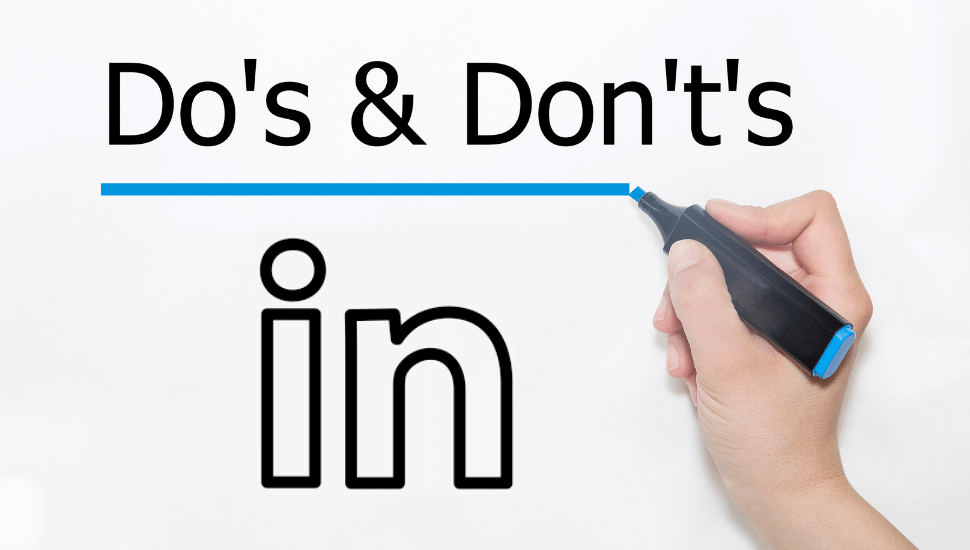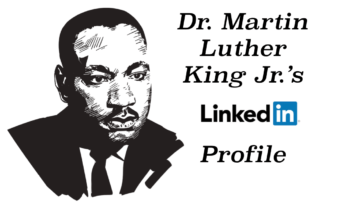When thinking about applying K-12 principles to resumes and LinkedIn, we think about the journey of education and personal development as a continuous process that evolves as we transition through different stages of life. From the early years of kindergarten through the final days of high school, students are instilled with fundamental K-12 principles that shape their growth and learning.
Surprisingly, these same K-12 principles can be seamlessly applied to professional development, specifically when crafting resumes and optimizing LinkedIn profiles.
Just as K-12 education lays the groundwork for academic success, it can also serve as a guide to building a solid foundation for career advancement.
1. Clarity and Organization
The foundation of any successful K-12 education is clarity and organization. In the same way, a resume and LinkedIn profile must clearly convey your skills, experiences, and aspirations.
Just as students learn to present their thoughts in structured essays, professionals should present their qualifications well-organized and coherently. The resume should have clear headings, bullet points, and concise descriptions of experiences, mirroring how students use graphic organizers to learn to structure their ideas and present information.
On LinkedIn, this principle is mirrored in the way you structure your profile. Use sections to summarize your experiences, education, skills, and other relevant information. Just as students develop their ability to outline and structure their assignments, professionals should use these skills to create easy-to-navigate and understand profiles.
2. Skill Development
Students are introduced to various subjects and skills from kindergarten to high school, building a foundation for future learning and specialization. Similarly, a resume should highlight diverse skills acquired over time, showcasing your adaptability and continuous learning. Whether technical proficiency, communication skills, or problem-solving abilities, each hard and soft skill contributes to your professional repertoire.
On LinkedIn, the “Skills” section allows you to highlight your proficiency in various areas. Just as students progress from basic arithmetic to advanced mathematics, your skill set should reflect foundational abilities and areas of expertise. If needed, review your skills and do a spring cleaning by updating them to reflect your evolving competencies and stay relevant in a rapidly changing job market.
3. Extracurricular Activities
Extracurricular activities in K-12 education allow students to explore their passions beyond the classroom. Similarly, highlighting extracurricular involvement on a resume and LinkedIn can demonstrate your commitment, interests, and values.
Whether volunteer work, community service, or participation in professional organizations, these activities offer a more holistic view of your character and interests.
4. Continuous Learning and Growth
K-12 education instills the importance of continuous learning and personal growth. Similarly, professionals should convey their commitment to improvement through lifelong learning on their LinkedIn profiles, especially as teachers should be role models for their students.
The majority of educator profiles I have recently seen are very elementary. You don’t know what you don’t know until you come and learn. Teachers need career professional development too.
LinkedIn offers a platform to highlight certifications, workshops, online courses, and other educational endeavors that showcase your dedication to staying current in your field.
5. Networking and Relationships
As students progress through school, they build relationships with teachers, peers, coaches, bosses, and mentors that contribute to their personal and academic growth.
In the professional world, networking and relationship-building are crucial in career development. LinkedIn serves as a platform to connect with colleagues, mentors, and potential employers, mirroring the relationships built during your educational journey.
6. Setting Goals
In K-12 education, goal-setting is encouraged to give students direction and purpose. When translating goal-setting principles to your professional life, your LinkedIn profile can reflect your future aspirations, primarily if you are engaged in a career pivot or reinvention.
You could use the About section to outline your future-forward career objectives and showcase your motivation to achieve them.
In conclusion, many principles of K-12 education can be applied to creating resumes and LinkedIn profiles. Just as the foundation of education lays the groundwork for future success, a well-crafted resume and LinkedIn profile can set the stage for a fulfilling and prosperous career.
By infusing your professional identity with the values and principles learned in your formative years, you can create a cohesive and impactful representation of your capabilities and potential.
Next week we will continue to Part 2 of this topic, so stay tuned!
NEXT STEPS
- Subscribe to my newsletter on LinkedIn for bright ideas to manage your career.
- Join as a member at https://greatcareers.org/membership of the #1 business networking association on the Philadelphia Business Journal’s Book of Lists three years in a row!
- If you need a resume or LinkedIn profile to get you to your next step, book a call to chat!
- Follow #GreatCareersPHL
AUTHOR BIO
Lynne M. Williams is the Executive Director of the Great Careers Groups, a volunteer-run 501(c)3 nonprofit organization that provides career development and networking connections for 1) job seekers in career transition, including veterans, and 2) employed and self-employed for career management.
Aside from writing keyword-focused content for ATS resumes and LinkedIn profiles, Lynne is currently writing her doctoral dissertation on LinkedIn for Job Seekers. She is a contributing author on “Applying to Positions” in Find Your Fit: A Practical Guide to Landing the Job You Love, along with the late Dick Bolles, the author of What Color is Your Parachute?, and is also a speaker on career topics.
This article is also published on: vista.today, montco.today, delco.today, bucksco.today, and in the author’s LinkedIn newsletter. A list of articles can also be found in a Google doc.



